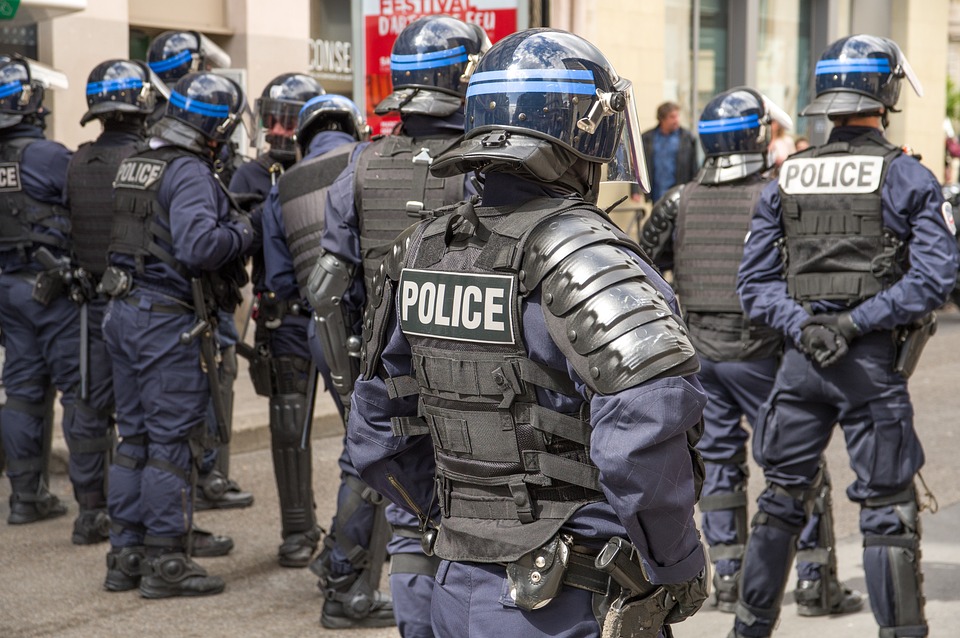With the rise of technology in the modern world, surveillance and security have become more advanced than ever before. Big Brother 2.0 is no longer just a concept from George Orwell’s novel, but a reality in today’s society. From cameras and drones to facial recognition software and biometric scanners, the advancements in surveillance technology have made it easier for authorities to monitor and track individuals for security purposes.
One of the most common forms of surveillance technology used for security is closed-circuit television (CCTV) cameras. These cameras are installed in public places such as streets, shopping malls, and transportation hubs to monitor and record activities. With the help of high-definition cameras and advanced software, authorities can quickly identify and track individuals in real-time, leading to quicker response times in case of emergencies or criminal activities.
Drones have also become a popular tool for surveillance in recent years. These unmanned aerial vehicles can be equipped with high-resolution cameras and thermal imaging technology to monitor large areas from above. Drones are used by law enforcement agencies to conduct reconnaissance missions, search and rescue operations, and surveillance of events such as protests or riots. The ability to fly drones over inaccessible or dangerous areas provides authorities with a valuable asset in maintaining security and public safety.
Facial recognition software is another powerful tool in the world of surveillance technology. By analyzing the unique features of an individual’s face, this software can identify and track people in real-time. Facial recognition is widely used in airports, border crossings, and government buildings to enhance security measures and prevent unauthorized access. It can also be integrated with other surveillance systems, such as CCTV cameras, to create a comprehensive security network that can track individuals as they move through different areas.
Biometric scanners are also being used to enhance security measures in various environments. These scanners can analyze a person’s biological characteristics, such as fingerprints, iris patterns, or voice signatures, to verify their identity quickly and accurately. Biometric scanners are commonly used in high-security facilities, such as banks, government agencies, and research facilities, to restrict access to authorized personnel only.
While the advancements in surveillance technology have undoubtedly improved security measures in many ways, there are concerns about the potential privacy implications and ethical considerations. The use of surveillance technology raises questions about the balance between security and personal freedom, as well as the potential for abuse of power by authorities.
Overall, Big Brother 2.0 represents a new era of surveillance technology that is reshaping the way security is managed in today’s society. With the continued advancements in cameras, drones, facial recognition, and biometric scanners, authorities have powerful tools at their disposal to monitor and track individuals for security purposes. As technology continues to evolve, it is essential to consider the ethical and privacy implications of these advancements to ensure a balance between security and individual rights.
























